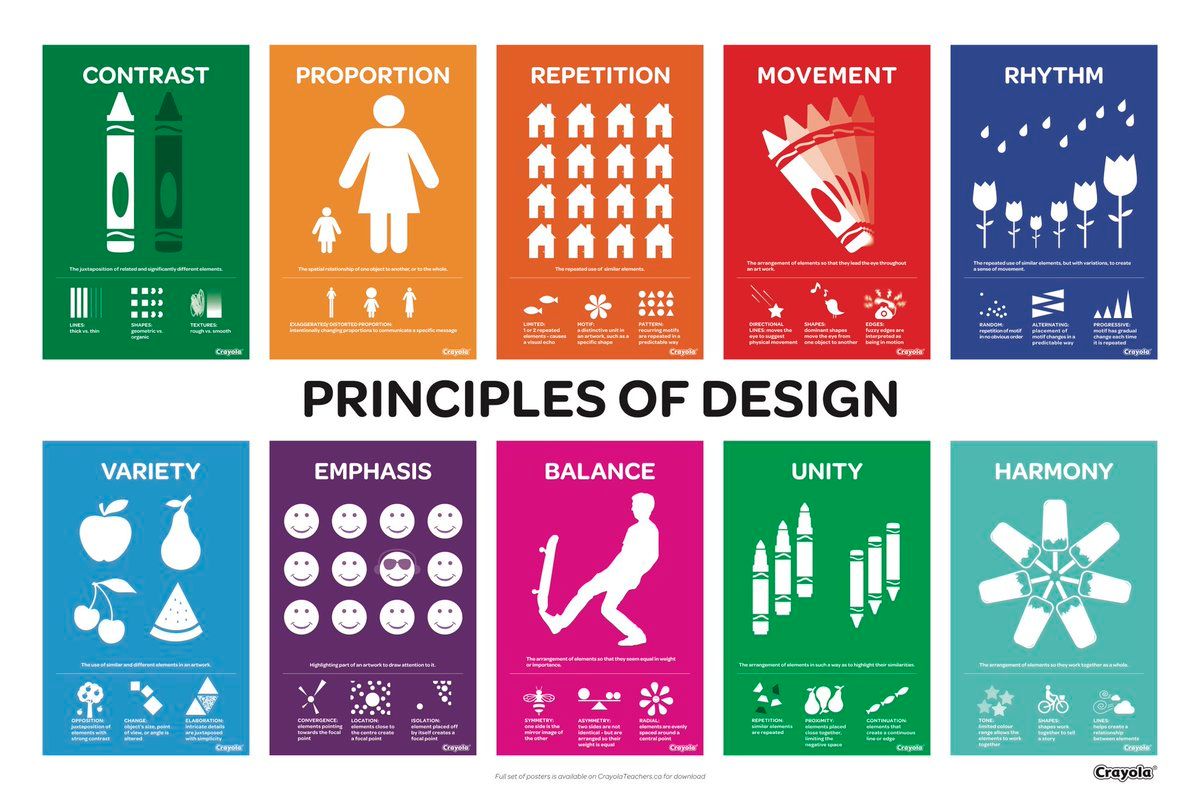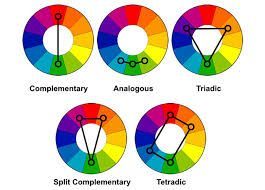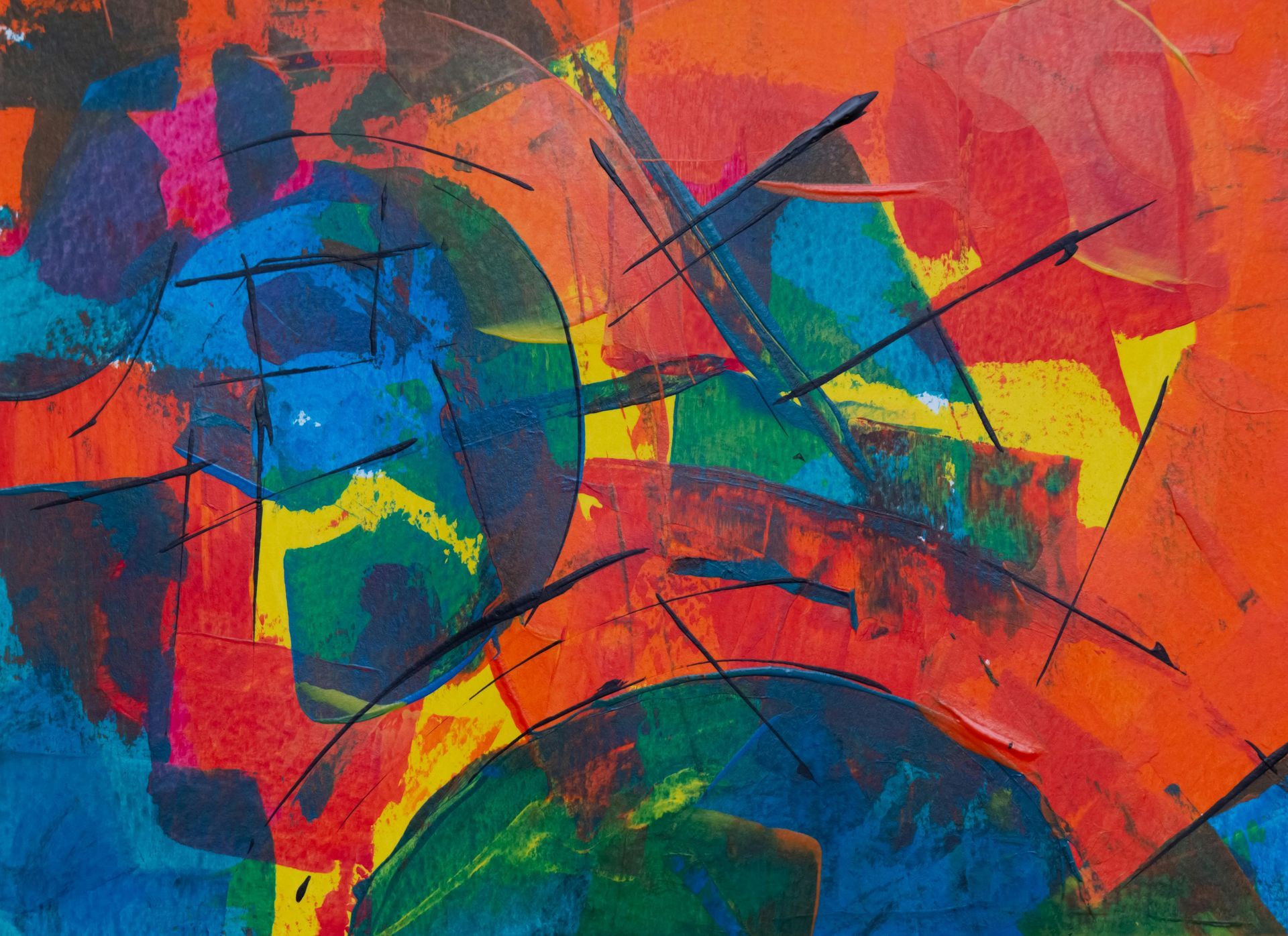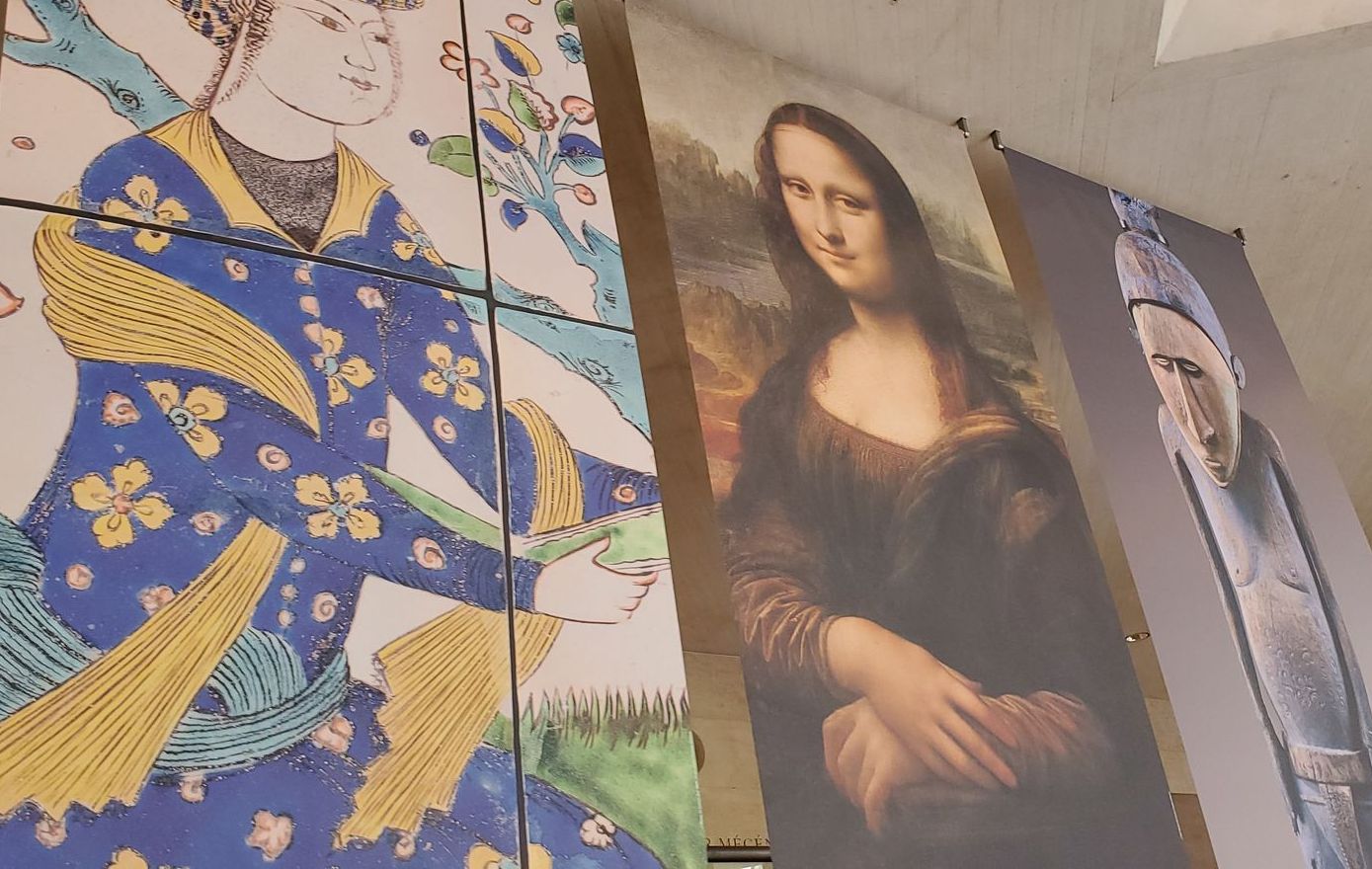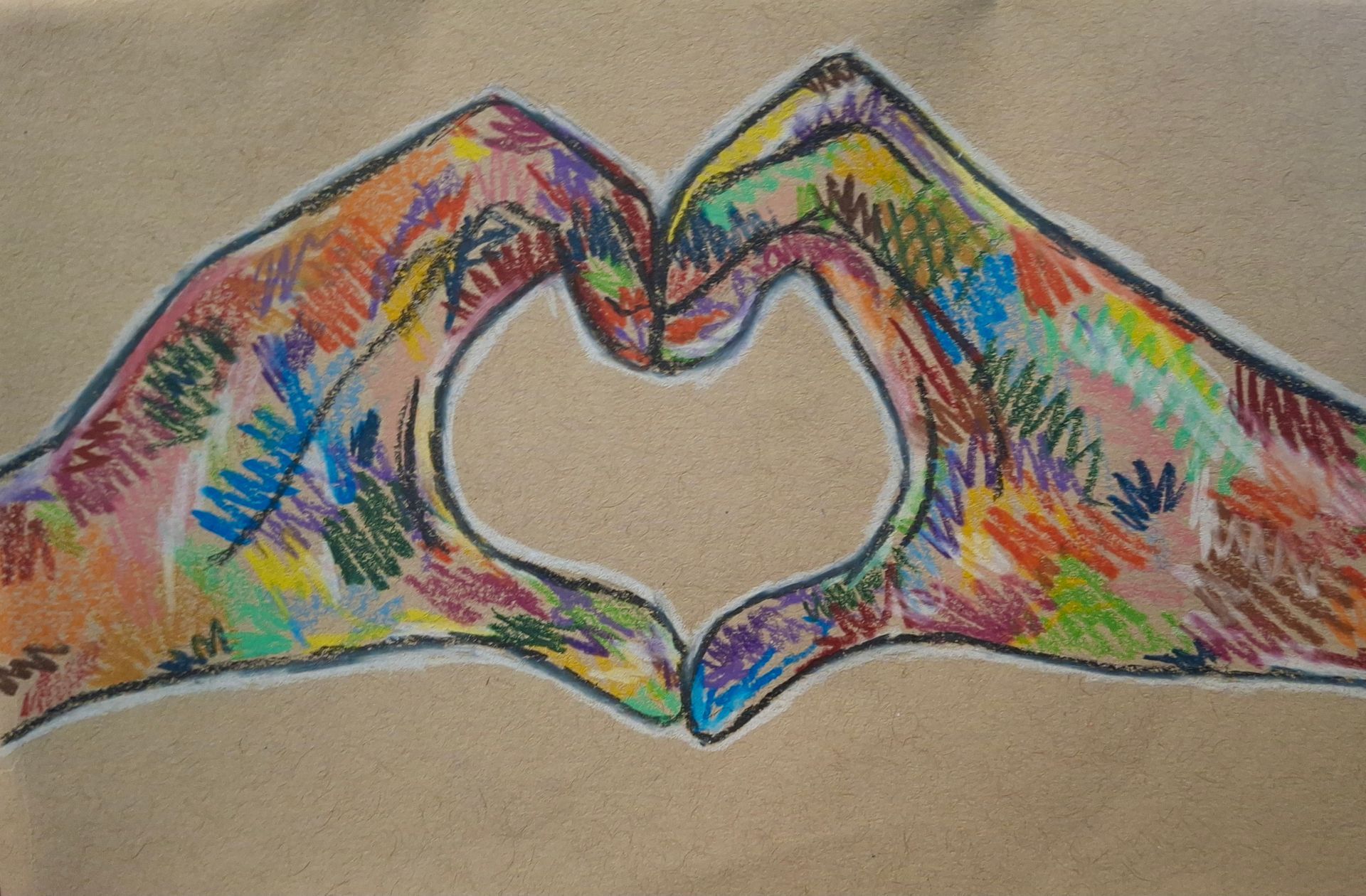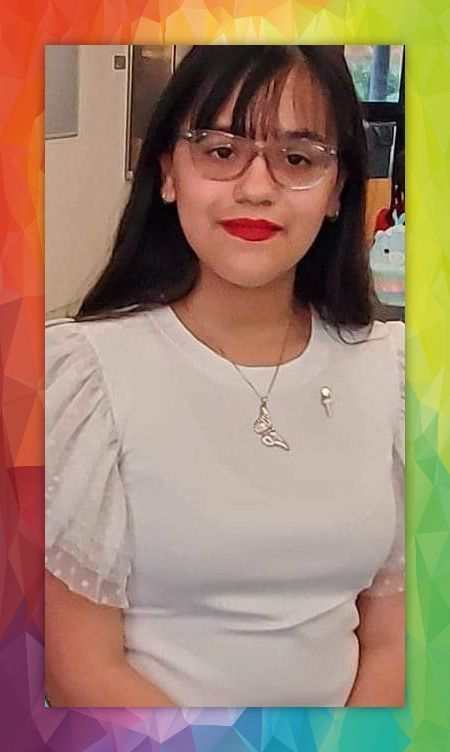By Isabella X Hernandez
•
April 19, 2025
Learning the 12 Principles in Art Design: and What They Do Whether you're creating a digital illustration, painting a mural, or doing any art piece, understanding the principles of art and design is essential. These core principles help artists (and designers) create work that feels complete and visually pleasing. Let’s explore twelve of the most important principles in art design and how they function. Contrast Contrast is all about creating differences between things light and dark, thick and thin, smooth and rough. It helps certain elements stand out and can direct the viewer’s attention. Strong contrast can add an energetic energy to a piece, while subtle contrast can create more of a mysterious feel. When used effectively, it keeps artwork from appearing lifeless or dull. Balance Balance brings a stable look to an artwork. It can be symmetrical or asymmetrical, but both allow elements to be placed in a way that still feels visually equal. Balance helps the artwork feel intentional, even when it’s realistic or abstract. Emphasis Emphasis involves making certain parts of your artwork stand out more than others. This principle helps create a specific highlighted point so that viewers know where to look first. Emphasis can be achieved through contrast, size, placement, or color, and it plays a major role in directing the visual flow of an artwork. Proportion Proportion refers to the size relationship between elements in a design. When proportion is used correctly, it ensures that objects look realistic or effective (In a way). You can also intentionally exaggerate proportions to create stylized effects or bring attention to specific parts of your artwork. Hierarchy Hierarchy is closely connected to emphasis but focuses on organizing visual elements by importance. It’s particularly important in layout design, but applies to all forms of visual art. Hierarchy helps guide the viewer’s eyes throughout the work in a effective way. Repetition Repetition in design is used by reusing similar elements throughout an art piece. It creates a sense of consistency and can help bring together different parts of a piece. When used with intention, repetition can build rhythm, enhance the theme of the artwork, or contribute to a design’s overall identity. Rhythm Rhythm is the visual tempo or beat within a piece. It’s created through the repetition of elements, whether they are lines, shapes, or colors, and it guides the viewer’s eye through the artwork. Rhythm can be flowing, regular, or random, but it always contributes to the movement and pacing of a piece. Pattern Pattern involves the intentional repetition of decorative elements. Unlike general repetition, patterns are more structured and often follow a predictable design. Patterns can add visual interest, texture, and depth, especially when used as backgrounds or design accents. White Space White space, also known as negative space, is the area around or between elements. It doesn’t have to be literally white, it just means the empty or open space. This principle is often overlooked but is incredibly powerful for creating clarity, reducing clutter, and helping important elements stand out. Movement Movement refers to how the viewer’s eye is led through the composition. It’s about visual direction and flow, which can be created through lines, shapes, positioning, or rhythm. Movement helps ensure that your audience doesn’t get “stuck” in one part of your piece and keeps their attention moving naturally. Variety Variety introduces different elements into a design to make it more engaging. Without variety, artwork can become monotonous or predictable. By changing up color, shape, size, texture, or form, artists create contrast and interest while avoiding visual boredom. Unity Unity ties everything together. It’s the principle that ensures all elements in an artwork feel like they belong. Even if a piece contains a lot of variety or contrast, unity brings harmony and makes the work feel cohesive and complete. Tying it all together Understanding and applying these principles can dramatically improve any piece of art or design. You don’t need to use every principle in every work, but being aware of them helps you make more intentional creative choices. Whether you’re just starting out or refining your craft, these foundational ideas will serve as a strong guide for all your future projects. From your favorite insightful Artist, Isabella X Hernandez
